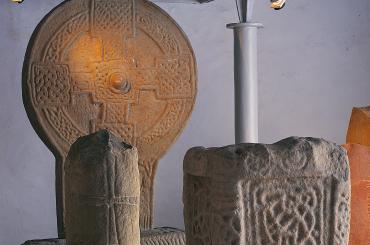Neath Abbey

A site of power – both religious and industrial
Along with Llanthony Priory and Tintern Abbey, the ruins of Neath Abbey are the most important and impressive monastic remains in south Wales. Founded in 1130 by Norman knight Sir Richard de Granville, by the late 13th century it had become one of Wales’s wealthiest abbeys.
Around 50 monks lived here, alongside an even larger number of lay brothers who worked at the abbey’s estates on tasks which probably included mining coal for domestic use. Much later, the heavy hand of the Industrial Revolution was almost its downfall, the abbey becoming a copper smelting plant with furnaces, workshops and workers’ dwellings, and having an ironworks as its next-door neighbour.
Thankfully it survived this ignominious episode.
Virtually the entire layout of the abbey and its buildings can still be seen today, confirming the sheer scale of this prosperous religious settlement.
Gallery
Expand image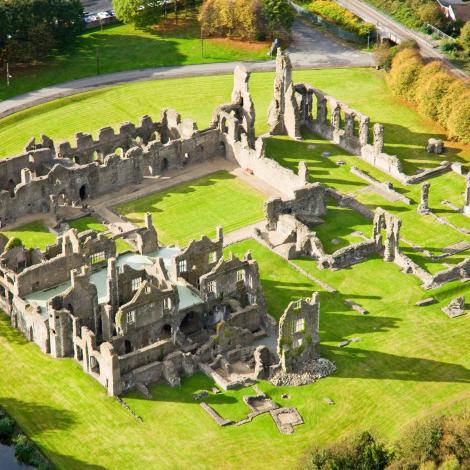 Expand image
Expand image
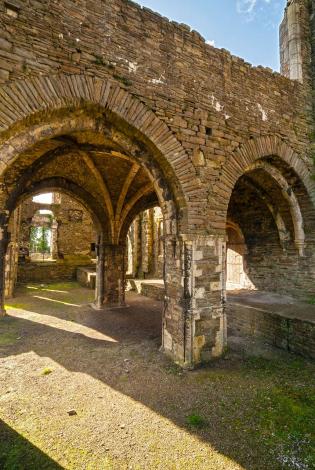 Expand image
Expand image
 Expand image
Expand image

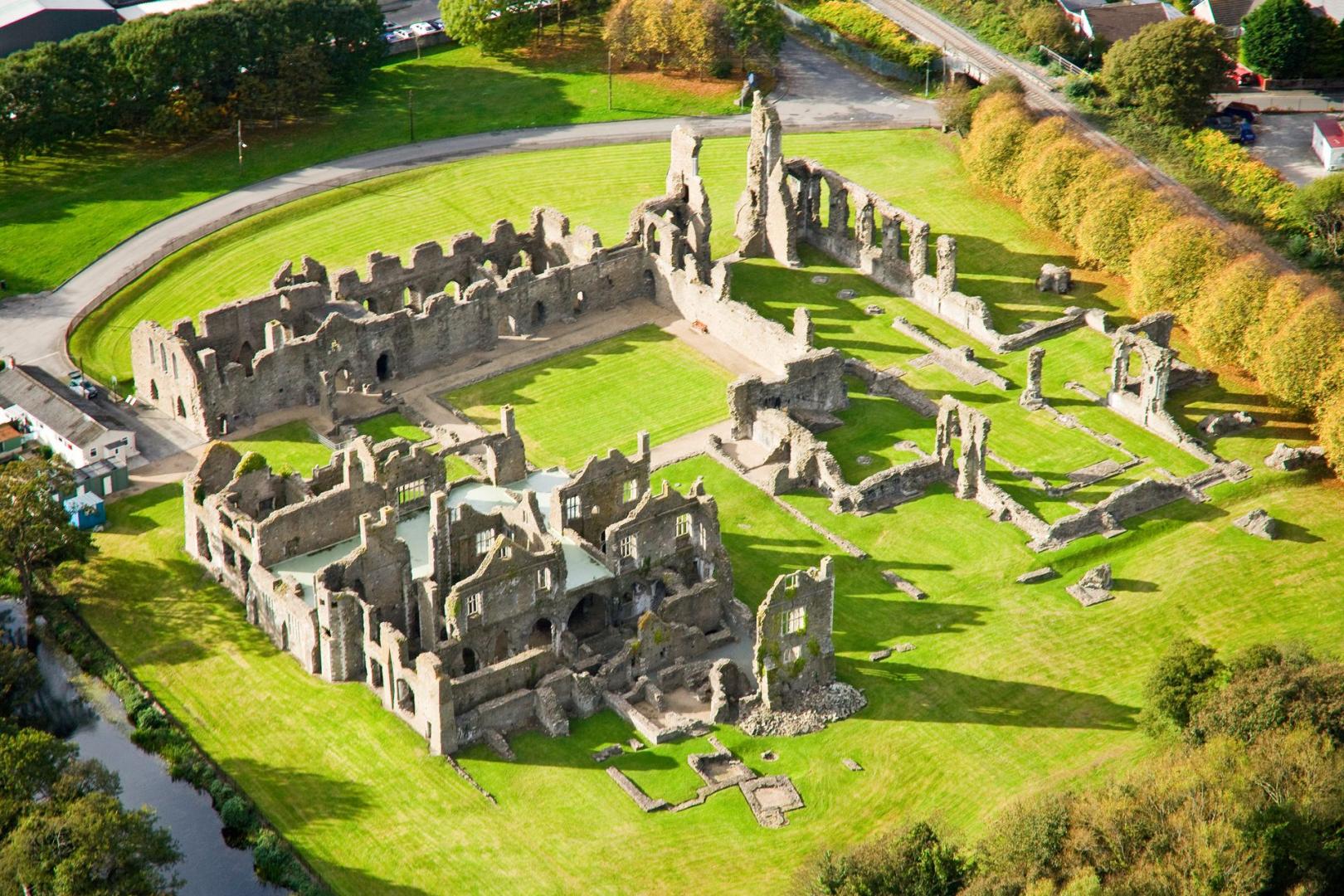
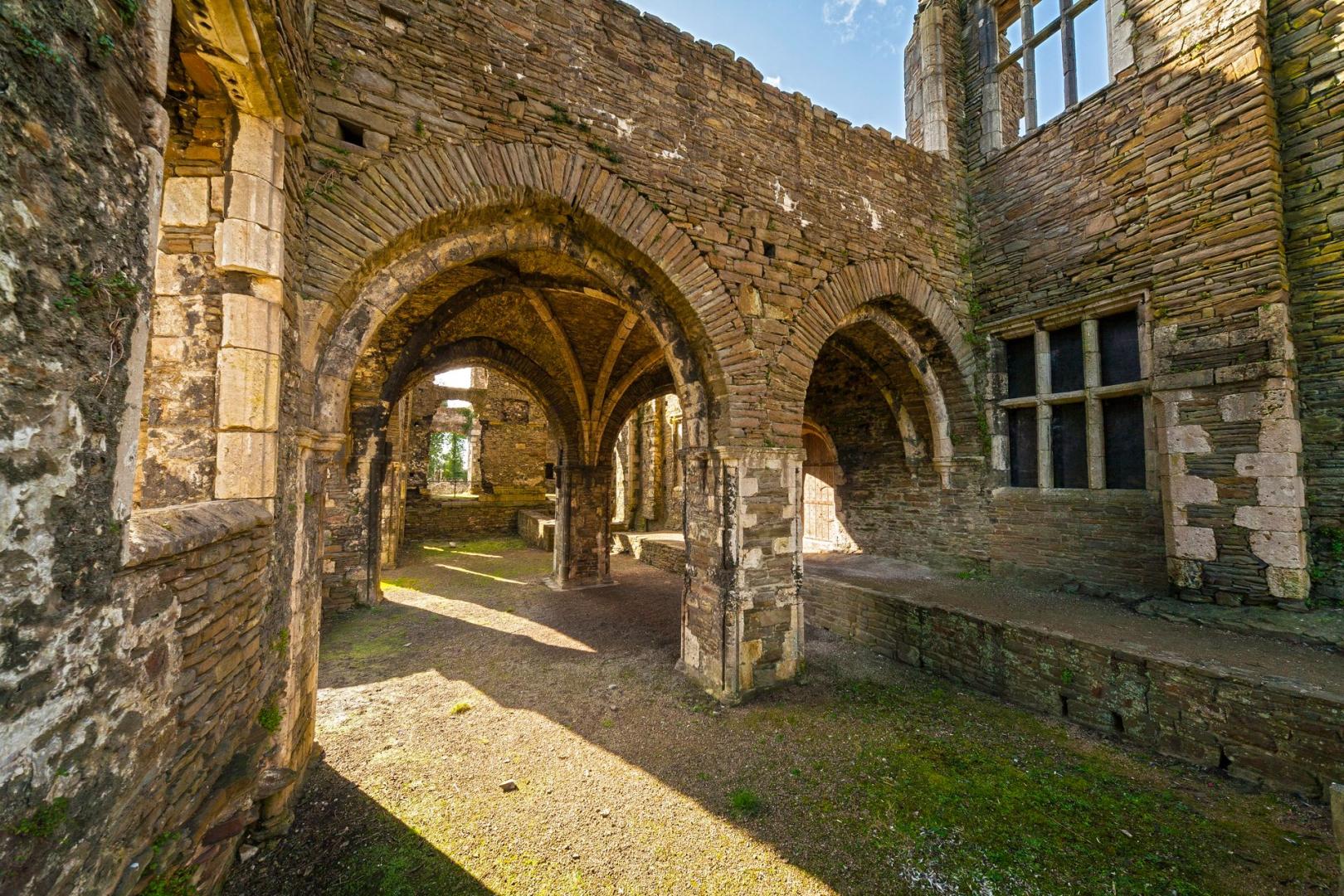
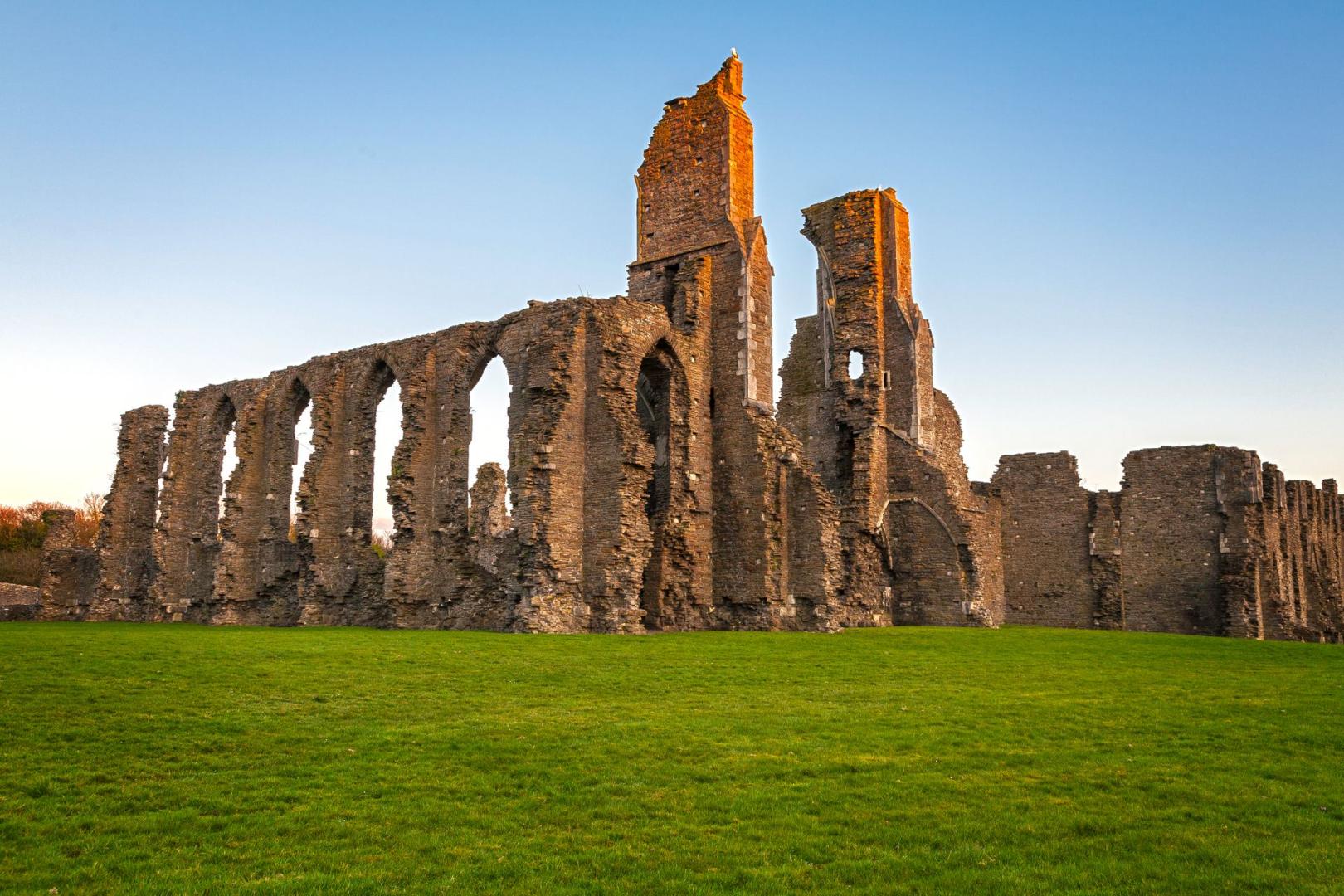
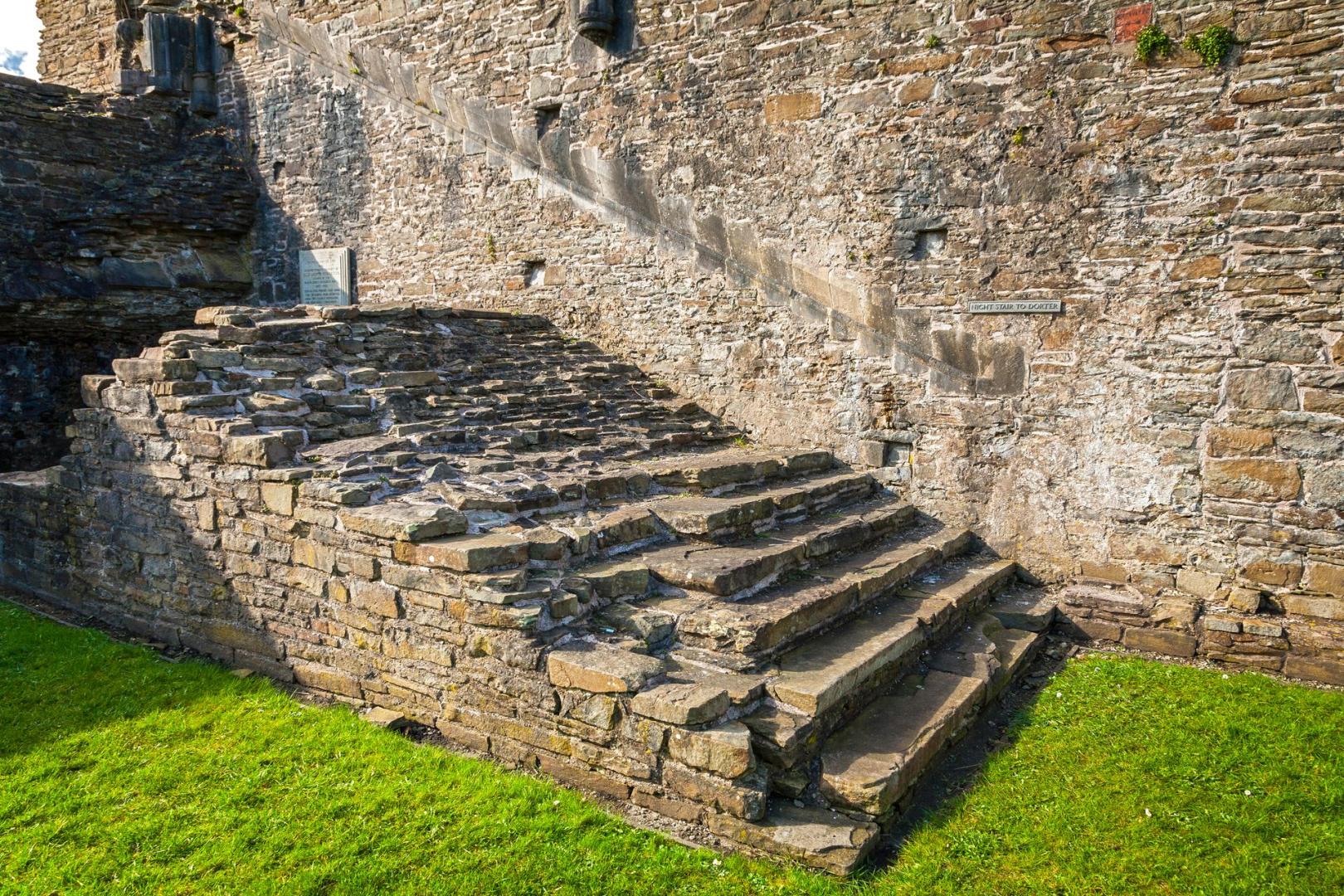

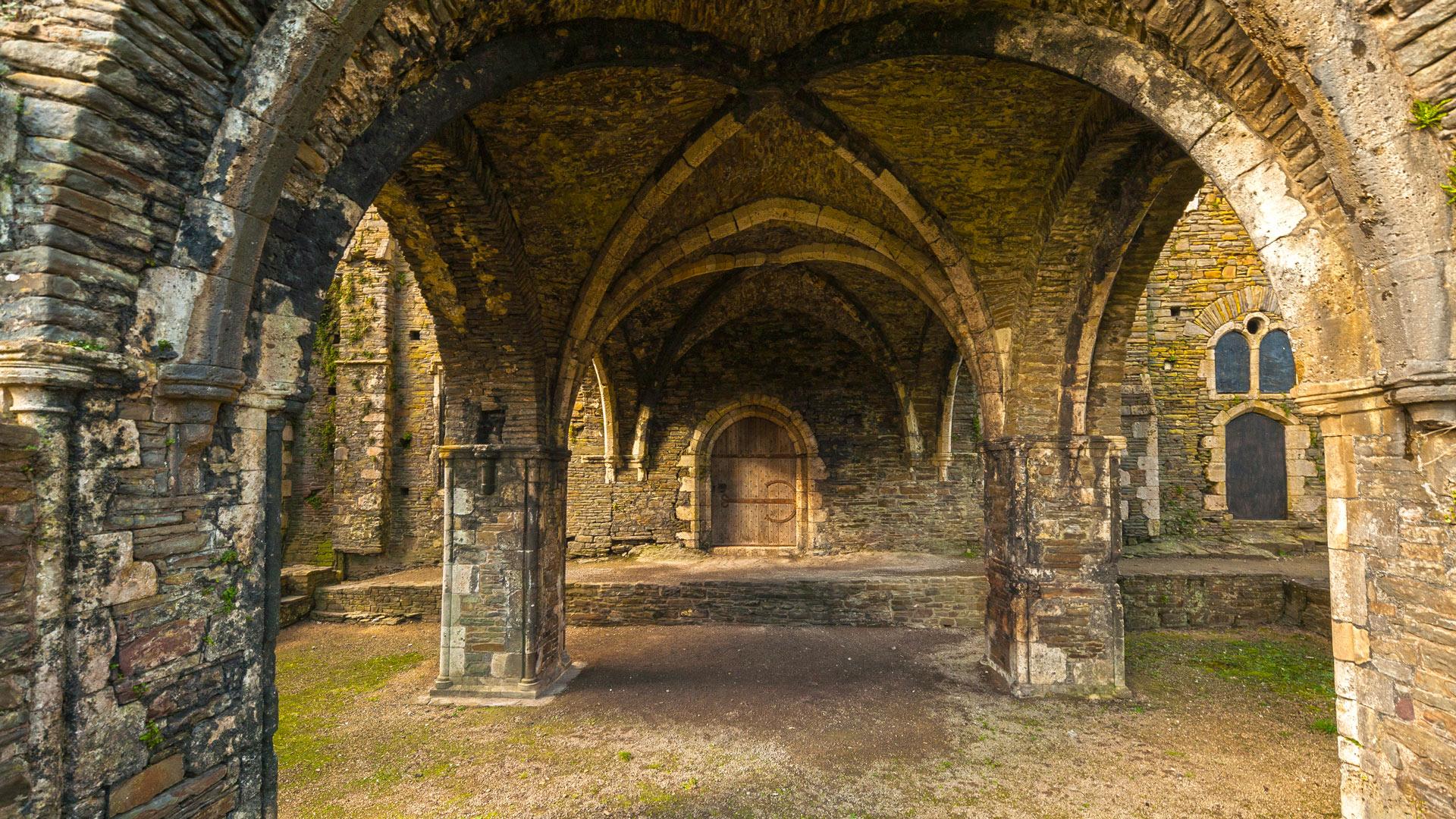
Opening times & prices
Opening times
| 1st April - 31st March | 10am-4pm |
|---|---|
|
Last admission 30 minutes before closing Closed 24, 25, 26 December and 1 January |
|
Visitor information
Car park
Car park 30m from entrance to monument (approx. 4 cars).
There are no dedicated disabled spaces.
Dogs welcome
Dogs on short leads welcome to access ground floor levels of the site.
Walking difficulty
Terrain: Level 1 – Accessible
Drone policy
Please read our policy information about flying drones at Cadw monuments: read the guidance
No smoking
Smoking is not permitted.
Health & Safety
The car park for the abbey can be found directly opposite the castle entrance, be mindful of the traffic. You can walk over the small bridge if you wish to extend your visit further along the canal and riverbank.
Most of the site is relatively flat, with a small dip towards the rear of the site. Most of the site can be accessed using the gravel paths, although be mindful during extremely heavy weather some parts of the site may flood.
Be cautious of low-profile walls that may cause a trip along your route and ruinous steps that do not lead to any upper areas. It’s best to investigate the site before letting children access any areas.
As with all ancient monuments there is always a risk of stones being dislodged in bad weather, however, we manage this through extensive monitoring.
Climbing may result in serious injury.
There are several wild plants and flowers, although these are great pollinators, they may be poisonous to visitors and animals, we strongly advise you not to touch or allow dogs to eat any vegetation.
Please watch our health & safety film before visiting Cadw sites.
Iechyd a Diogelwch / Health and Safety
Please report any anti-social behaviour such as climbing, setting fires, graffiti etc. to CadwAccidentsReports@gov.wales
The following signs can be found around the site at key areas of risk, please pay attention where appropriate.
Falls from height
Slippery or uneven surfaces
Falling masonry
Steep and uneven steps
Directions
Google MapPostcode SA10 7DW
what3words: ///kept.paused.pint
Related
Unlimited access to Wales' past
Join Cadw for as little as £2.00 a month and gain unlimited access to over 100 historical sites.
Enjoy the many benefits of Cadw membership
- 10% off Cadw gift shops
- 50% off entry to English Heritage and Historic Scotland sites
- FREE entry to English Heritage and Historic Scotland on renewal
- FREE entry to Manx National Heritage properties
- FREE membership pack including car sticker and full colour map
